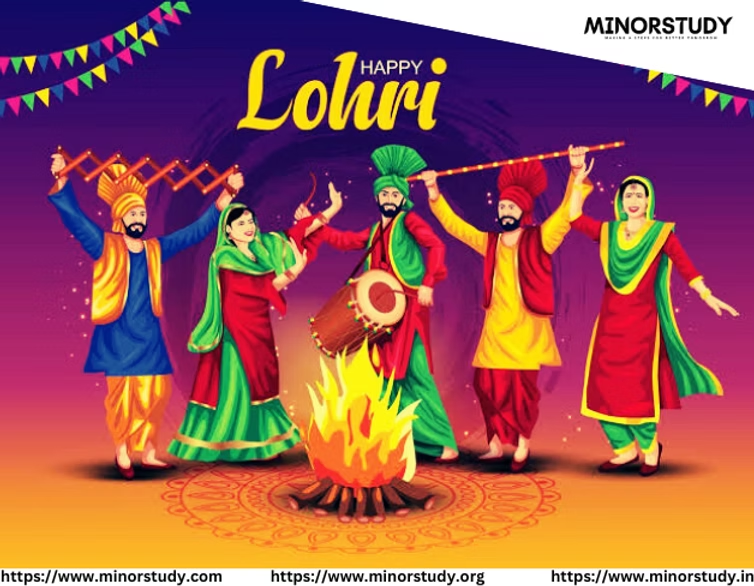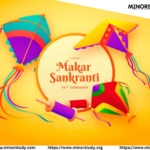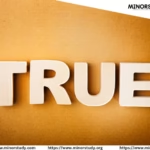🎉 7 Joyful Facts About Lohri Festival That Will Warm Your Heart in Winter
🌾 Introduction: What is Lohri?
Lohri is one of North India’s most beloved winter festivals, traditionally celebrated on January 13th every year. It holds special importance in Punjab, Haryana, Delhi, and parts of Himachal Pradesh, where communities gather around bonfires to sing, dance, share food, and express gratitude for nature’s blessings.
This lively festival is deeply intertwined with agricultural rhythms, folk traditions, and cultural heritage. Lohri marks the end of winter solstice and the beginning of the harvest season, especially for the Rabi crops like wheat.
But beyond farming, Lohri has grown into a celebration of community, new beginnings, and warmth—both literal and emotional.
📜 History of Lohri
The roots of Lohri go deep into Punjabi folklore and agrarian traditions. Here’s a brief look at its historical background:
🕰️ Origins
-
Lohri is believed to be linked to the winter solstice and was traditionally celebrated to thank the Sun God for returning to the northern hemisphere.
-
The name “Lohri” possibly comes from the word ‘Loh’, meaning a fire pan, or the trio Loh (fire), Til (sesame), and Rorhi (jaggery)—important components of the celebration.
-
Some legends tie Lohri to Dulla Bhatti, a Punjabi hero who rescued kidnapped girls during the Mughal era and helped them marry with dignity—earning him reverence in Lohri songs.
📚 Association with Dulla Bhatti
Dulla Bhatti’s story is a central part of Lohri folk songs. He’s remembered as a Robin Hood figure in Punjab who stood up against Mughal oppression. Children sing his ballads and go from door to door collecting “Lohri”—sweets, popcorn, jaggery, and money.
🧾 Key Facts About Lohri
| Feature | Details |
|---|---|
| 📅 Date | January 13th every year |
| 🌞 Season | End of winter solstice, start of harvest |
| 🔥 Core Symbol | Bonfire – symbol of warmth and light |
| 🧑🌾 Focus | Gratitude to nature, especially for bountiful crops |
| 🧡 Special Meaning | New beginnings, especially for newlyweds and newborns |
| 🕯️ Cultural | Singing folk songs, dancing Bhangra & Gidda around bonfires |
📆 Timeline of Lohri Through the Ages
| Era | Development |
|---|---|
| Ancient Vedic Times | Celebrations tied to seasonal transitions and harvest rituals |
| Medieval Punjab | Popularized by tales of Dulla Bhatti, local songs and dances |
| Colonial Period | Lohri becomes a cultural statement of Punjabi identity |
| Post-Independence | Nationwide recognition, urban adaptation with sweets and events |
| Modern Times | Celebrated in Indian diaspora globally; corporate and community events popularized |
🙏 Significance of Lohri
1. Agricultural Gratitude
Lohri is a harvest festival—a time for farmers to celebrate the success of their crops, especially sugarcane and wheat.
2. Seasonal Transition
It marks the end of the coldest part of winter and the longer days ahead, making the bonfire a symbol of sun worship and warmth.
3. Community Bonding
Neighbors and families gather to share food, dance, and spread joy, strengthening social ties and human connection.
4. New Beginnings
Lohri is especially auspicious for newlyweds and families with newborns. It’s a symbolic celebration of fertility, prosperity, and blessings.
5. Cultural Preservation
Traditional folk songs, dances like Bhangra and Gidda, and regional cuisine are preserved and passed down through generations.
💬 Frequently Asked Questions (FAQs)
Q1: Why is Lohri celebrated before Makar Sankranti?
A: Lohri falls on January 13, just before Makar Sankranti, marking the last day of the winter solstice and the transition to Uttarayan (longer days).
Q2: Is Lohri only a Punjabi festival?
A: While it’s deeply rooted in Punjabi culture, Lohri is now celebrated widely across North India and even in Indian communities abroad.
Q3: What food is associated with Lohri?
A: Traditional offerings include:
-
Til (sesame)
-
Gur (jaggery)
-
Rewri
-
Peanuts
-
Popcorn
-
Makki di roti & Sarson da saag
Q4: What rituals are performed?
A: Families light a bonfire, throw til, popcorn, and rewri into it while singing folk songs and offering prayers for prosperity.
Q5: Why is Lohri special for newly married couples?
A: It’s believed that celebrating Lohri soon after marriage or childbirth brings luck, love, and longevity in the relationship or life.
🎉 How Lohri is Celebrated
-
Gathering Around the Bonfire – People light a huge bonfire in the evening and sit around it.
-
Folk Singing and Dancing – Bhangra (men) and Gidda (women) are performed with dhol beats.
-
Offering to the Fire – Food items like sesame, popcorn, and jaggery are thrown into the fire.
-
Feasting – The night ends with a feast of Punjabi dishes, sweets, and shared laughter.
-
Gifting and Wishing – Families visit each other, exchange gifts, blessings, and sweet treats.
💡 Important Points to Remember
-
Lohri marks the beginning of warmth, not just seasonally, but spiritually.
-
It promotes gratitude, community harmony, and joy in simple traditions.
-
Central to Punjabi identity, it now resonates beyond geography.
-
The focus on seasonal, local, and nutritious food makes it a sustainable celebration.
-
Singing for Dulla Bhatti teaches moral courage and cultural pride.
💌 Wishing on Lohri
Here are some heartfelt Lohri wishes you can share with your loved ones:
🎇 “Wishing you warmth, joy, and laughter this Lohri!”
🔥 “May the Lohri fire burn away your troubles and bring happiness and success in your life.”
🌾 “Celebrate the harvest of happiness with your loved ones. Happy Lohri!”
🪔 “As the fire of Lohri brightens the sky, may your life be filled with love and light.”
🌕 “May this Lohri bring new hope, new opportunities, and a prosperous life for you and your family.”
🧭 Conclusion: Daily Life Impact of Lohri
In a world that’s increasingly digital and disconnected, Lohri brings us back to what matters: community, nature, joy, and tradition.
🟢 Emotional & Social Impact
-
Rekindles relationships through social gatherings
-
Promotes inter-generational bonding and shared values
🟢 Physical & Mental Well-being
-
Dancing to dhol beats is a great physical activity
-
The celebration combats the seasonal blues of winter
🟢 Cultural Significance
-
Preserves heritage and regional identity
-
Educates the youth about folklore, environment, and gratitude
Lohri reminds us that even in the coldest times, we can come together, light a fire, sing our stories, and dance into the warmth of a new tomorrow.








